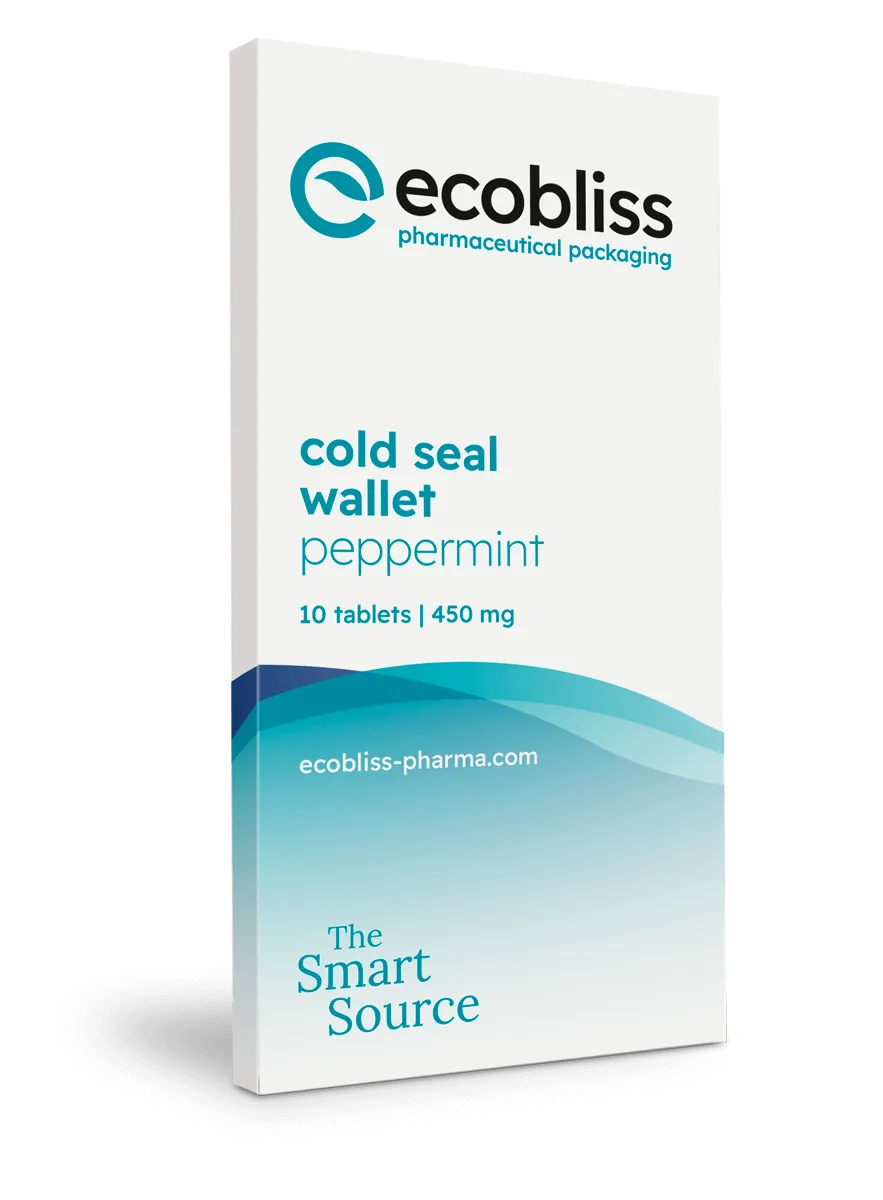In the world of pharmaceuticals, packaging plays an important role in ensuring safety, efficacy, and integrity of the products. Its purpose is to protect medications from external factors and maintain their quality throughout their journey from manufacturing to the hands of patients. Importantly, there is more that manufacturers need to take into consideration, such as pharmaceutical packaging design guidelines. In this blog post, we will delve into the guidelines that apply for pharmaceutical packaging design. These regulations include regulatory compliance, patient safety, material selection,labeling, serialization and sustainability. Keep reading to gain valuableinsight and practical knowledge.
Importance of pharmaceutical packaging design guidelines
Pharmaceutical packaging design guidelines are a keystone in this highly evolving industry. In the United States, the Food and Drug Administration (FDA), is responsible for setting these guidelines. The strict regulations are crucial to preserve and protect drugs, facilitating the correct usage, and enhancing patient compliance. It can be a challenging task to navigate these regulations. However, adhering to the guidelines will ensure that the packaging, primary, secondary and also tertiary packaging, - is safe, effective and legal.
Pharmaceutical packaging design requirements
Next to the FDA, which operates regionally, there are also international standards that should be adhered to, such as ISO standards. These standers offer guidance on quality management, risk management, and the application of usability engineering in the context of medical devices. To create successful and compliant packaging designs, it is important to meet these guidelines.
Labeling regulations
Another purpose of pharma packaging and its design is to provide information on the medicines. This information can be put on package inserts, labels or printed on the packaging itself. Not only is this useful for patients, but also for the supply, as today’s medicines are administered via transdermal delivery systems. According to FDS and the European Medicines Agency (EMA), labels are obligated to bear at least the following information:
· Name of the product
· Active ingredients, how many of each present and statement of net contents
· Batch number assigned by manufacturer
· Expiration date in an uncoded form
· Special storage conditions or precautions that could be essential
· Directions of use, and warnings that could be essential
· Name and address of the manufacturer or person responsible for placing the product on the market
Other guidelines that manufacturers should consider relate to:
· Patient safety and user-friendly design: this design is to support safe and appropriate usage. It is also made to prevent medication errors, enhance patient compliance and ensure ease of use. To implement this successfully, manufacturers could involve clear labeling, intuitive opening mechanisms and features that make the packaging accessible for the target group only. For instance, child-resistant packaging which is difficult to open by children, yet easy for adults.
· Material selection: as materials can greatly affect the safety and stability of the medicine too. The material should offer optimal barrier properties, durability and compatibility with the product. Commonly used materials are glass, metal, paper and board.
How to align with all pharma packaging design guidelines?
It is important to note that pharmaceutical packaging design guidelines may also be influenced by industry standards and best practices. For instance, those outlined by organizations like the International Organization for Standardization (ISO) and the Parental Drug Association (PDA). It is recommended for pharmaceutical manufacturers to closely follow these guidelines. As a company who is looking for unique medical packaging, make sure you choose a manufacturer who is certified. Ecobliss Pharma is that certified manufacturer that can help you.
Request a free sample now!









